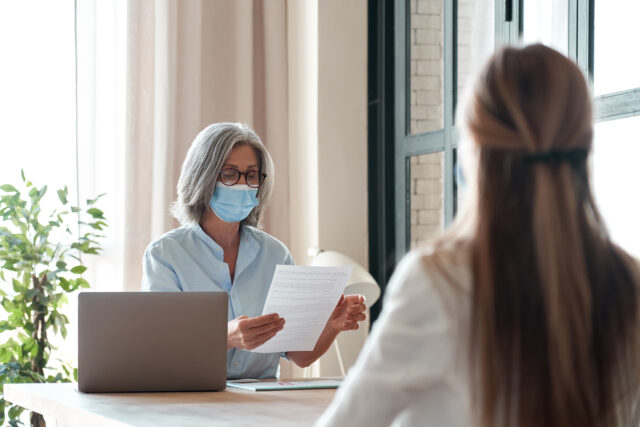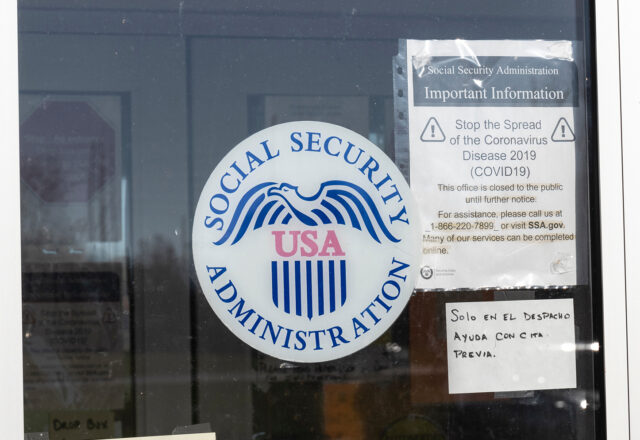
COVID: The Challenge for Older Workers
In anticipation of rambunctious children returning to the classroom in the fall, older teachers are sounding alarms about how challenging it will be to make the schools safe for themselves, as well as the children and families.
Their fears about going back to work in a pandemic are shared by older workers around the country with chronic conditions, which increase the mortality rate for people who contract COVID-19.
 More than half of U.S. workers who are between ages 55 and 64 are in jobs that can’t be done remotely, a new study estimates. Their flexibility to work at home isn’t much different than younger adults.
More than half of U.S. workers who are between ages 55 and 64 are in jobs that can’t be done remotely, a new study estimates. Their flexibility to work at home isn’t much different than younger adults.
But older Americans who are weighing whether to return to work face a dilemma that is of less concern to young, healthy workers.
The older workers must choose between “health risks – returning to work before the virus is under control – or economic risks – delaying work until the environment is safe, which may exhaust their resources,” concluded researchers at the Center for Retirement Research, which sponsors this blog.
Jobs that can’t be performed at home were identified in the study by 14 specific tasks, ranging from interacting with the public and handling machinery to rarely using email and standing or walking for most of the workday.
By linking information about jobs to individuals in a national survey, the researchers reported on the ability to work remotely based on the characteristics of the workers themselves. They found that women, who often gravitate to jobs that give them more flexibility or the ability to work part-time, are more likely to be in jobs they can do at home – think about travel agents (85 percent are women) and freelance writers (67 percent).
The analysis also confirmed something the media have reported anecdotally: working remotely is a perk of being a well-paid professional. About six in 10 workers in the highest earnings bracket can do their jobs at home, compared with just over three out of 10 workers in the lowest two earnings brackets.
The pandemic has exposed many inequities. The health risks of going to work and the ability to work from home are among these issues.
Read more blog posts in our ongoing coverage of COVID-19.
Squared Away writer Kim Blanton invites you to follow us on Twitter @SquaredAwayBC. To stay current on our blog, please join our free email list. You’ll receive just one email each week – with links to the two new posts for that week – when you sign up here. This blog is supported by the Center for Retirement Research at Boston College.
Comments are closed.







The Covid-19 pandemic has been made worse by, and highlighted the shortcomings of, the U.S. healthcare “non-system.” Workers laid off because of the pandemic find themselves without health insurance when they most need it. The low tech public health care infrastructure has been chronically underfunded and is unable to mount the response needed. Undocumented immigrants are afraid to seek care and so spread the illness. Nursing homes are understaffed and become hotbeds. Change is way overdue.
The main problem here is that in public education in the US, there is really no requirement for science education. I took a few courses both in high school and college but most of it comes from my father who had a PHD in chemistry from Columbia U in 1932. At age 10 he placed a microscope in front of me to learn about parts per million, petri dishes, bacteria identification both good and bad, and how to grow bacteria. All my family has PHDS in science from Columbia, Harvard, Yale, and 2 generations from Cambridge University. The media and politicians have zero knowledge about the virus but pretend to know. It is actually funny to watch.